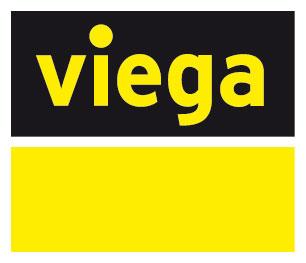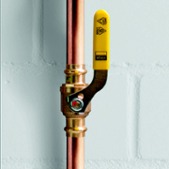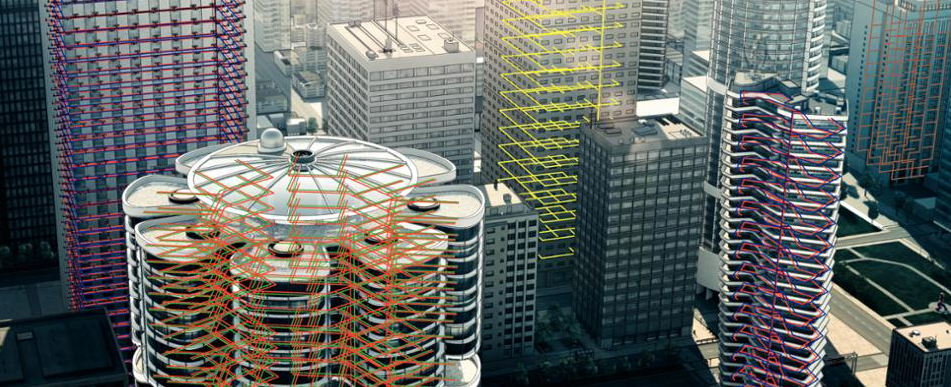Deflection in piping installation looks bad and reflects poorly on the contractor. Being part of the skilled trades means taking pride in a project’s appearance, as well as its performance.
Deflection is caused by the pressure of the jaws or ring and actuator on the fitting. In reaction to the pressure, the fitting will move in the direction of the opening in the jaw or ring, which will cause the pipe to deflect in the opposite direction. It doesn’t cause leaks, but misaligned piping might cause a customer to question the quality of the workmanship.
Below are some simple techniques to solve the problem. Which one you use can be affected by how much space you have to work in and the angle at which you’re pressing.
- Alternate press directions – After pressing one end of the fitting, make the second press on the other end of the fitting from the opposite direction. The deflection forces will counterbalance each other.
- Push-pull method – Rings and jaws cause deflection in opposite directions since the openings are at opposite ends. When using rings, push on the press tool to counteract it. When using jaws, pull on the press tool. Judging the right amount of force takes practice.
- Re-press – Press each end of the fitting from opposite sides. That is, re-press the fitting a second time on the opposite side. When pressing overhead, it can be difficult or impossible to alternate sides, so using the weight of the piping and pressing on alternate sides at a 45-degree angle should work. This technique can be used for any horizontal piping and when working above the piping.
- Feathering – Slowing and interrupting the press by taking your finger off the trigger of the tool can reduce or eliminate the deflection. Again, this will take some practice to learn.
With the right technique and a little practice, deflection can be eliminated, leaving a picture-perfect project behind.
To see a live demonstration of how to install systems that are plumb, level and square check out this episode of Viega's TechTalk Live.








